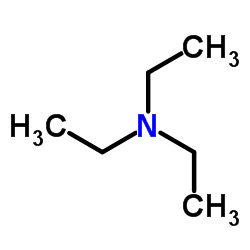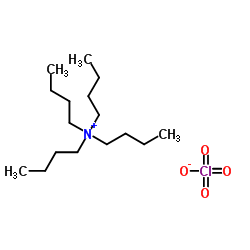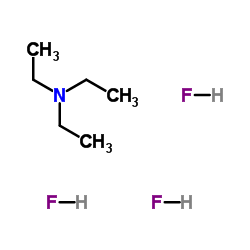| Structure | Name/CAS No. | Articles |
|---|---|---|
 |
Acetonitrile
CAS:75-05-8 |
|
 |
Triethylamine
CAS:121-44-8 |
|
 |
Tetrabutylammonium hexafluorophosphate
CAS:3109-63-5 |
|
 |
Tetrabutylammonium perchlorate
CAS:1923-70-2 |
|
 |
N,N-Diethylethanamine trihydrofluoride
CAS:73602-61-6 |